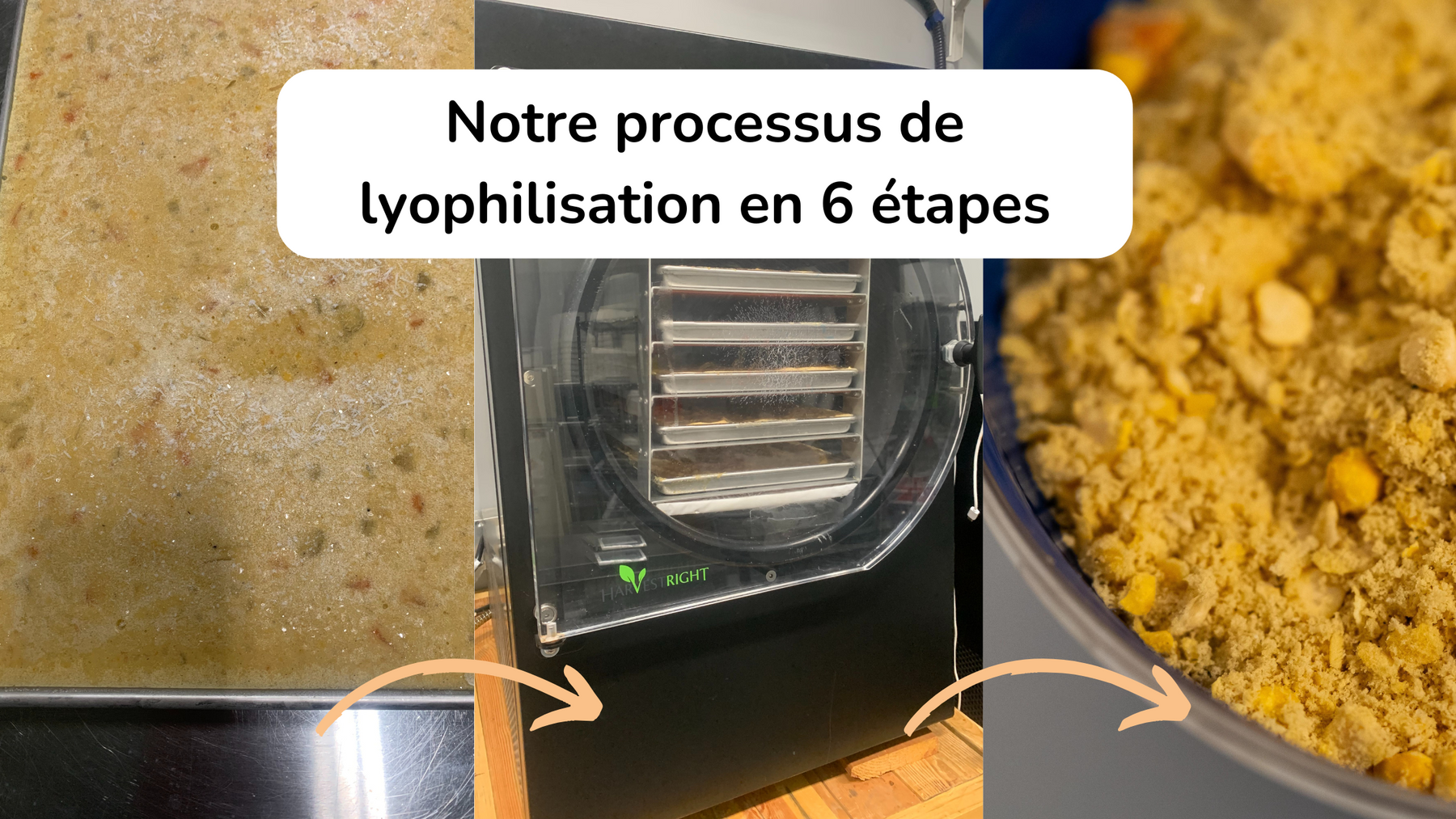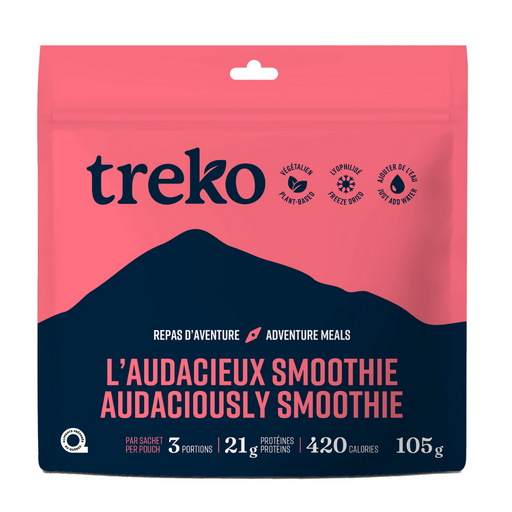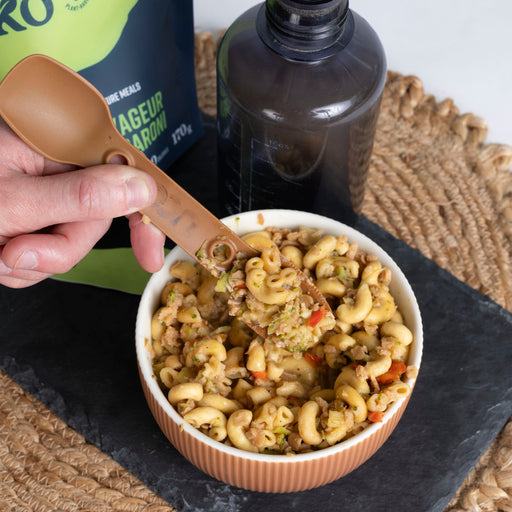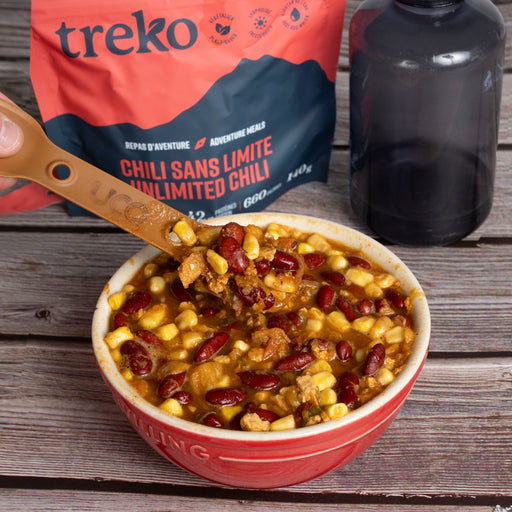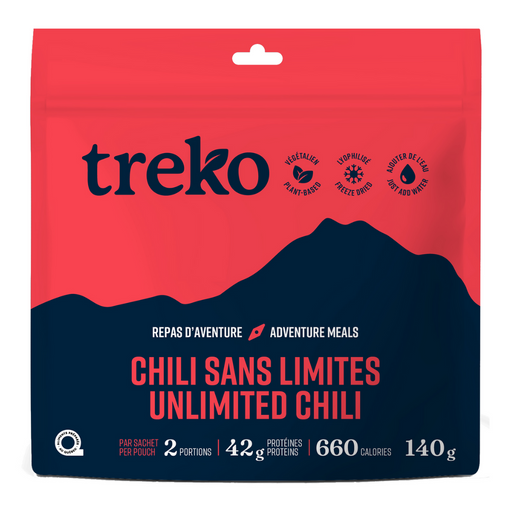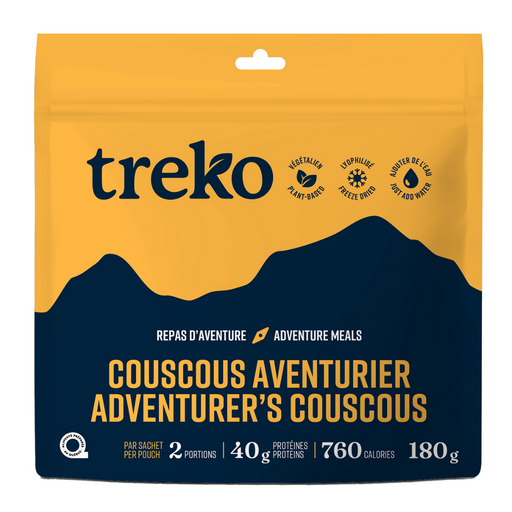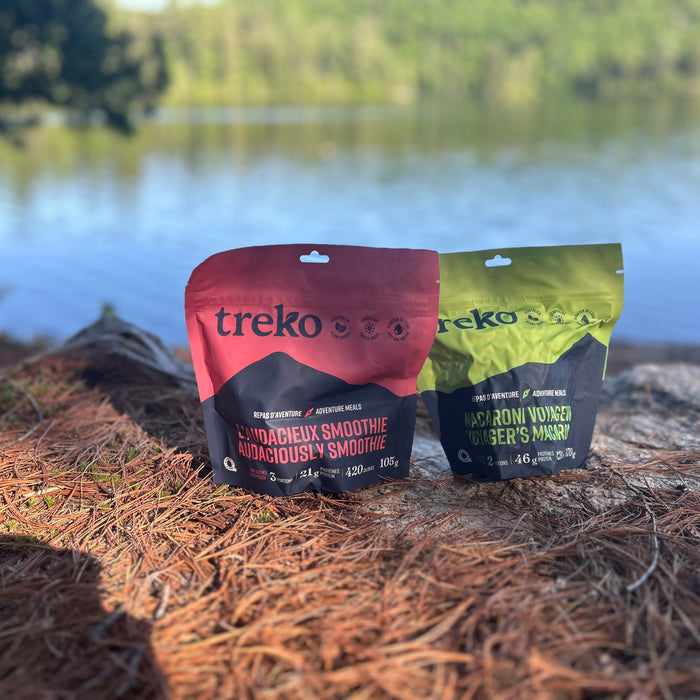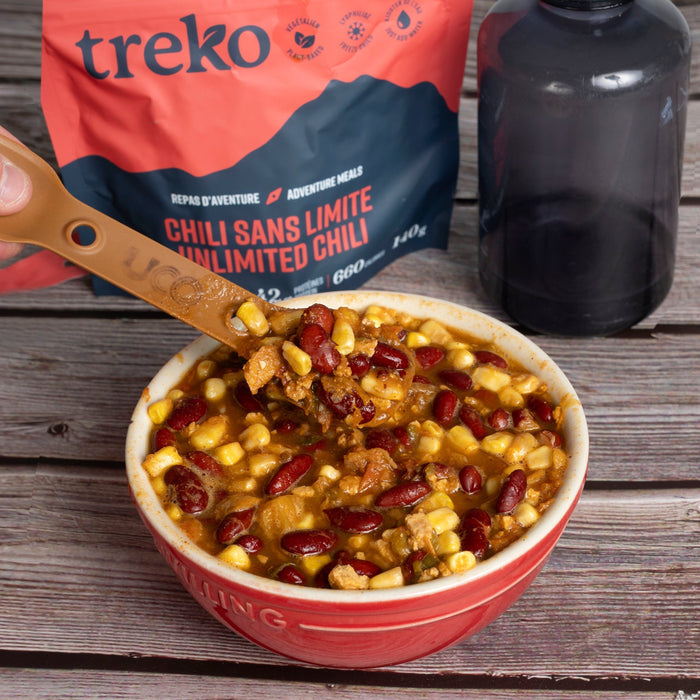
7 freeze-dried meals sold in Canada
Hiking provides an incredible sense of freedom. Whether you're a seasoned hiker or a beginner, proper preparation is essential. And one of the most important elements is food ! Freeze-dried meals have become the number one choice for Canadian adventurers. They're...

